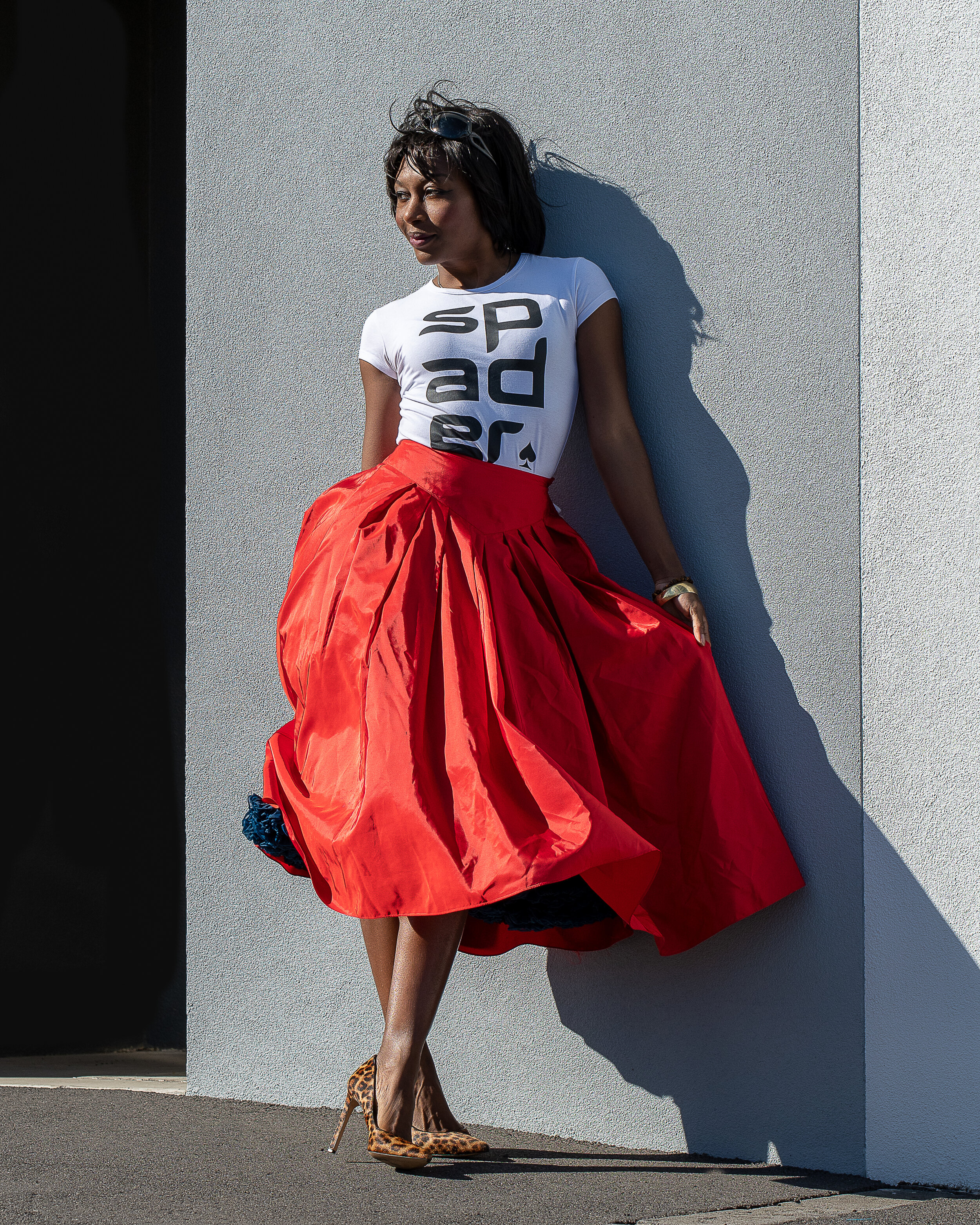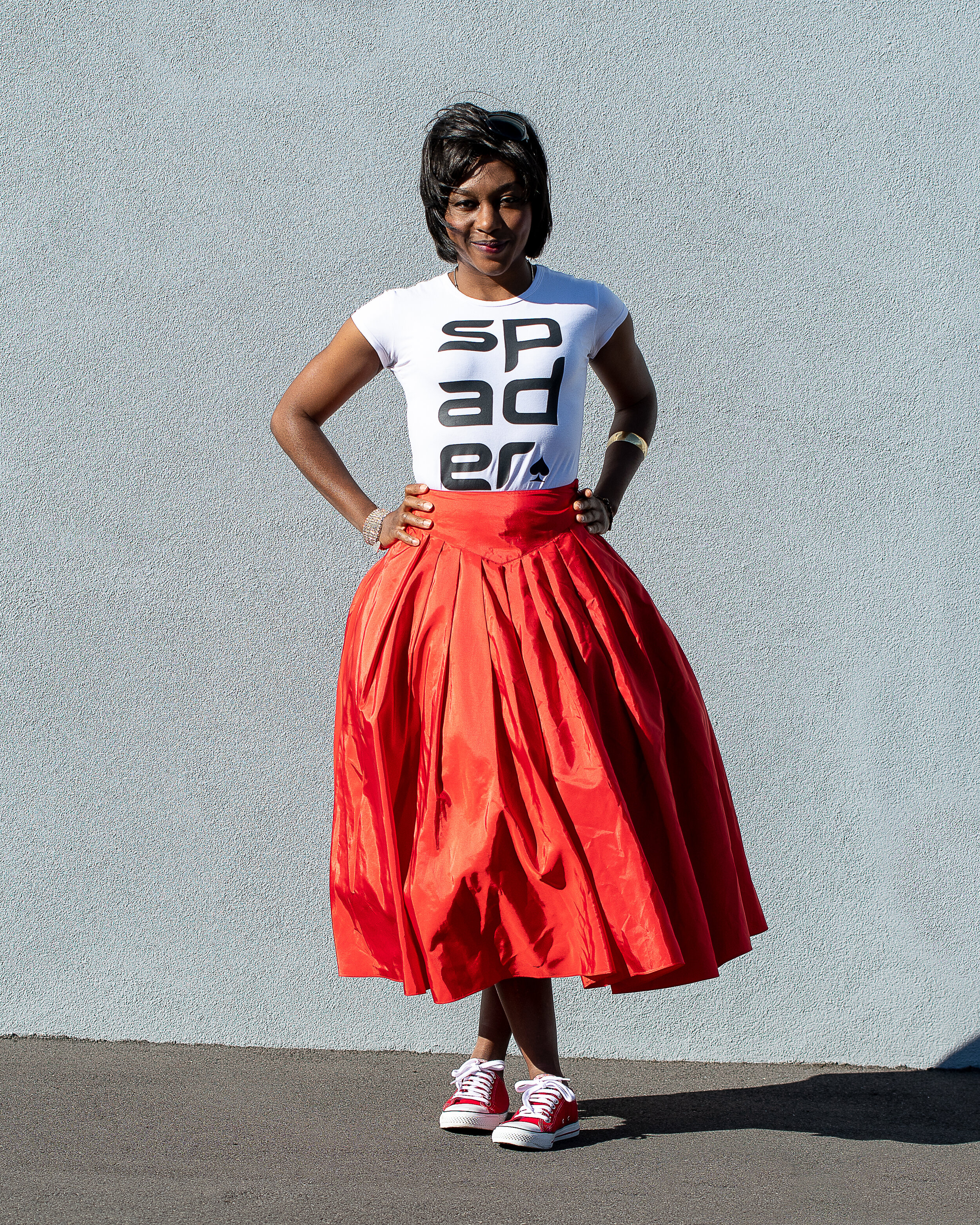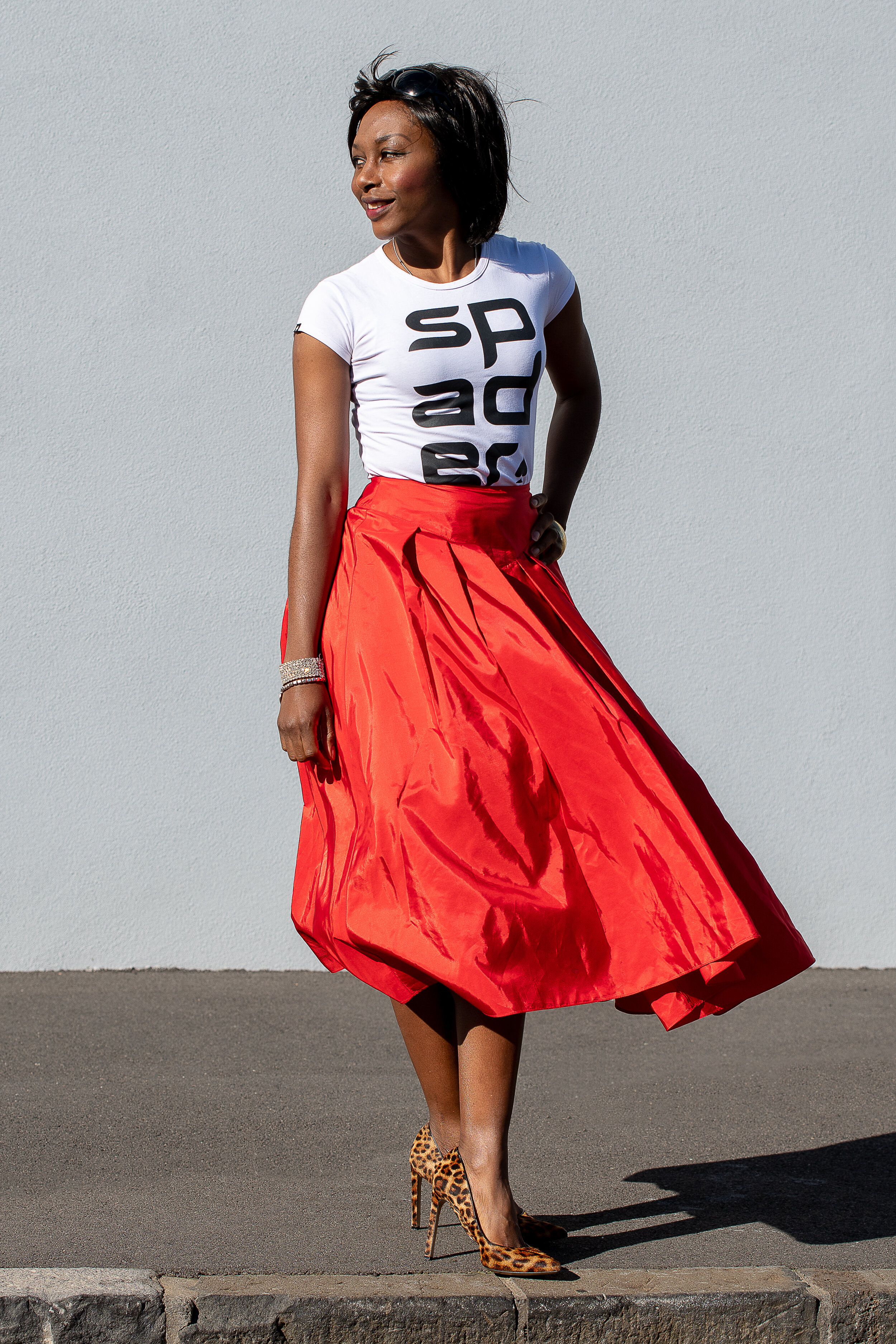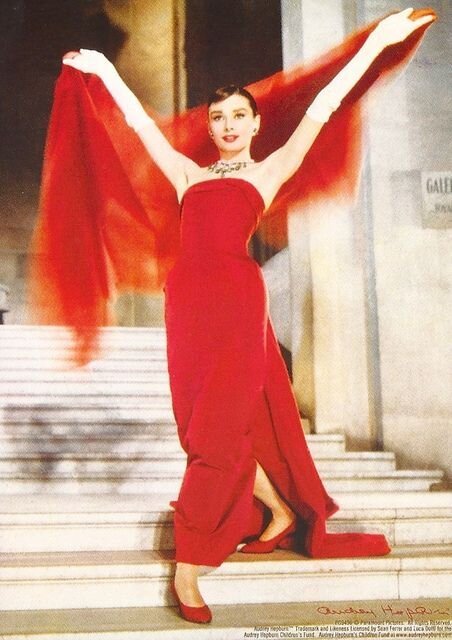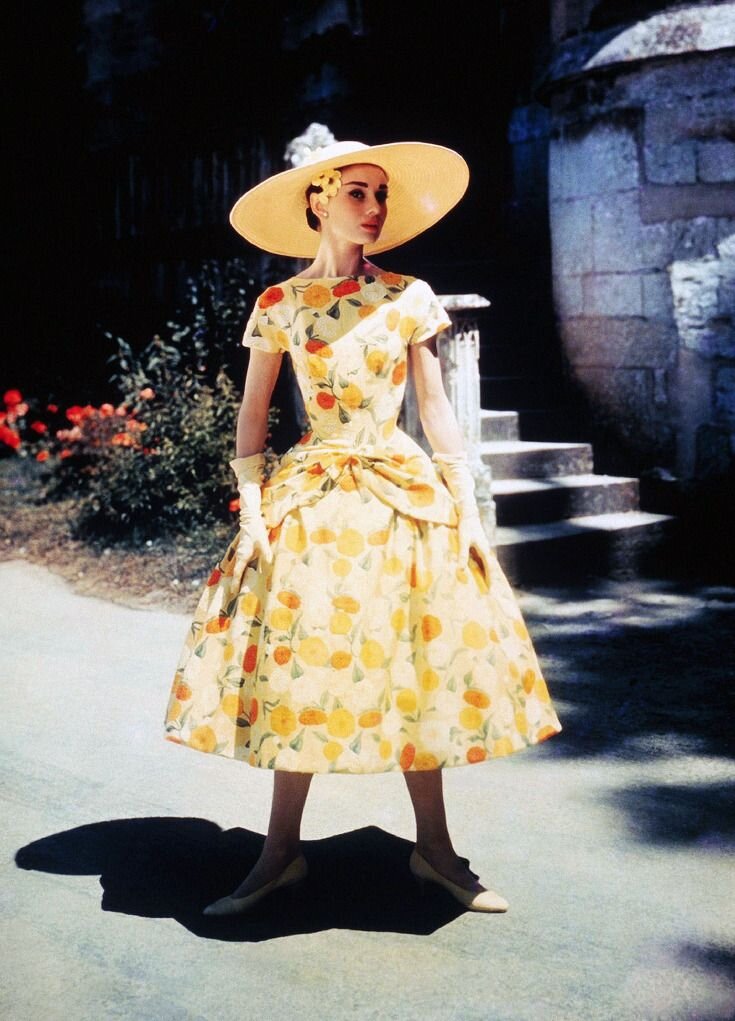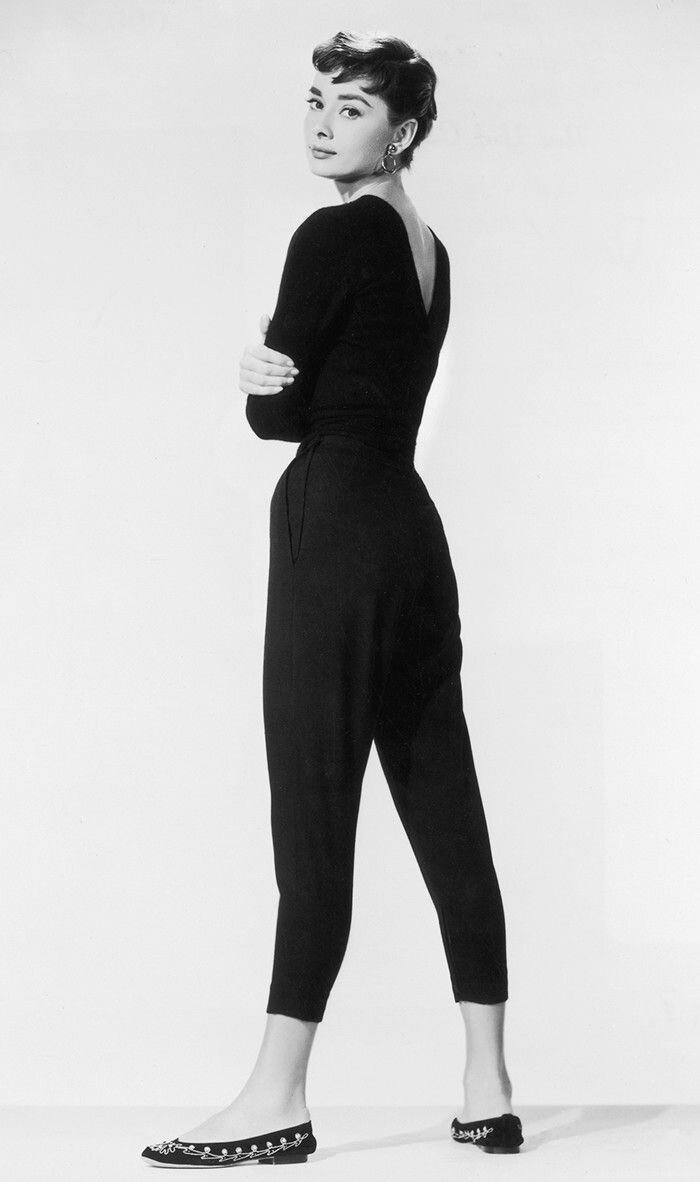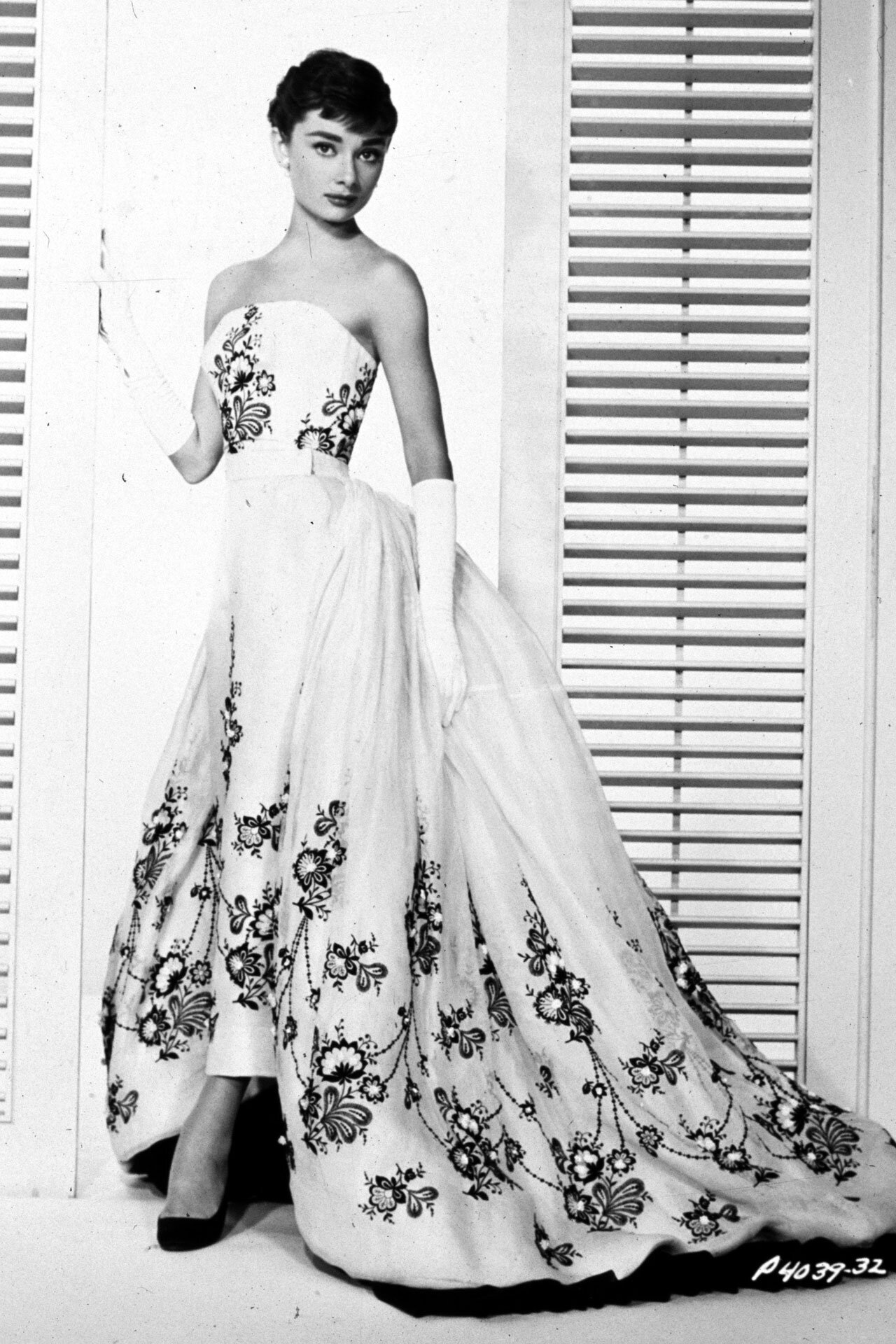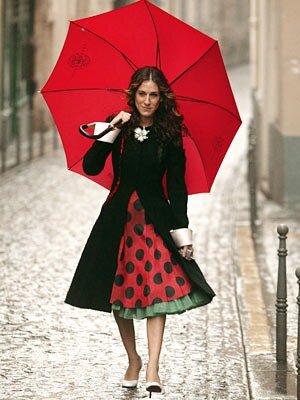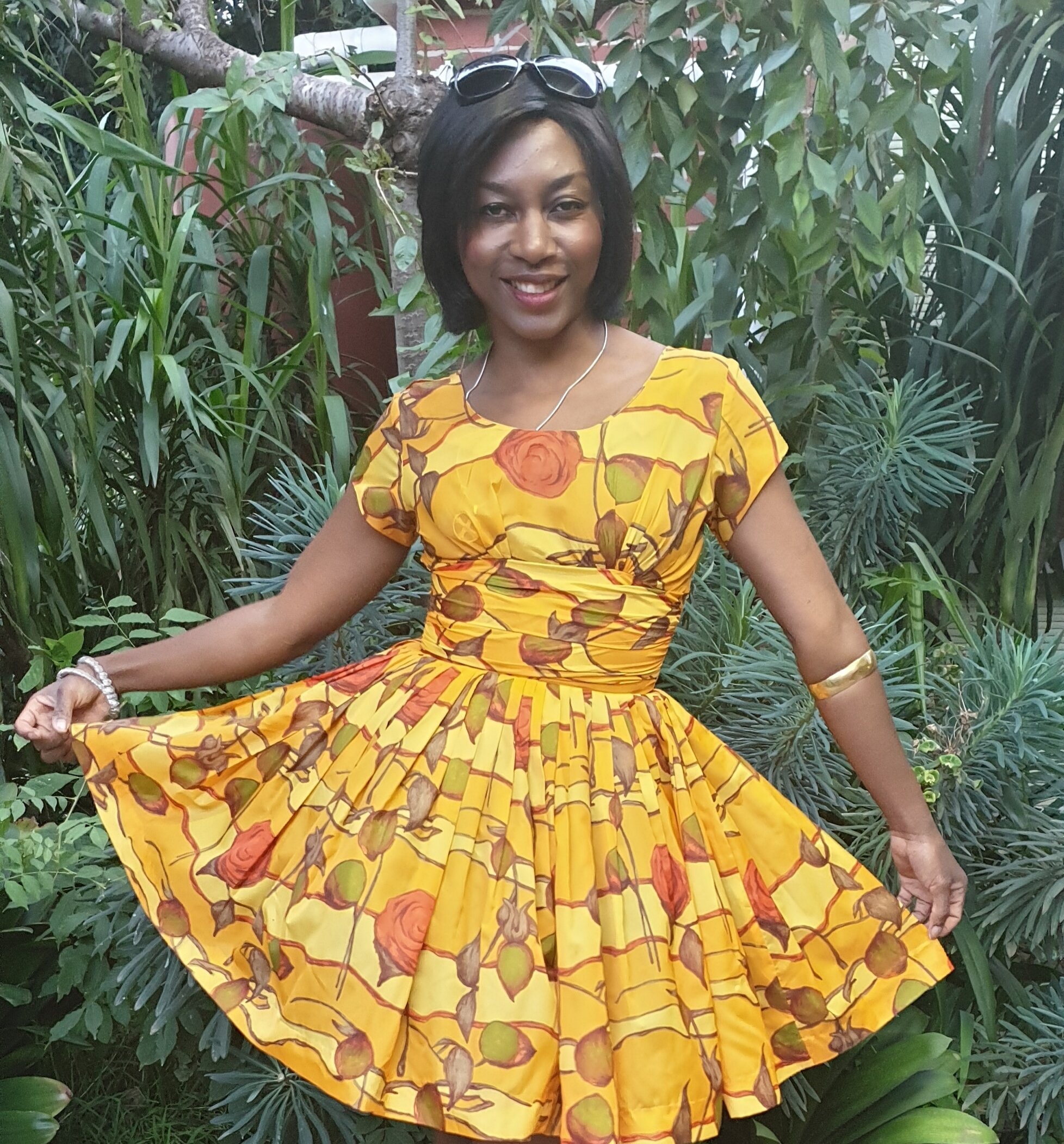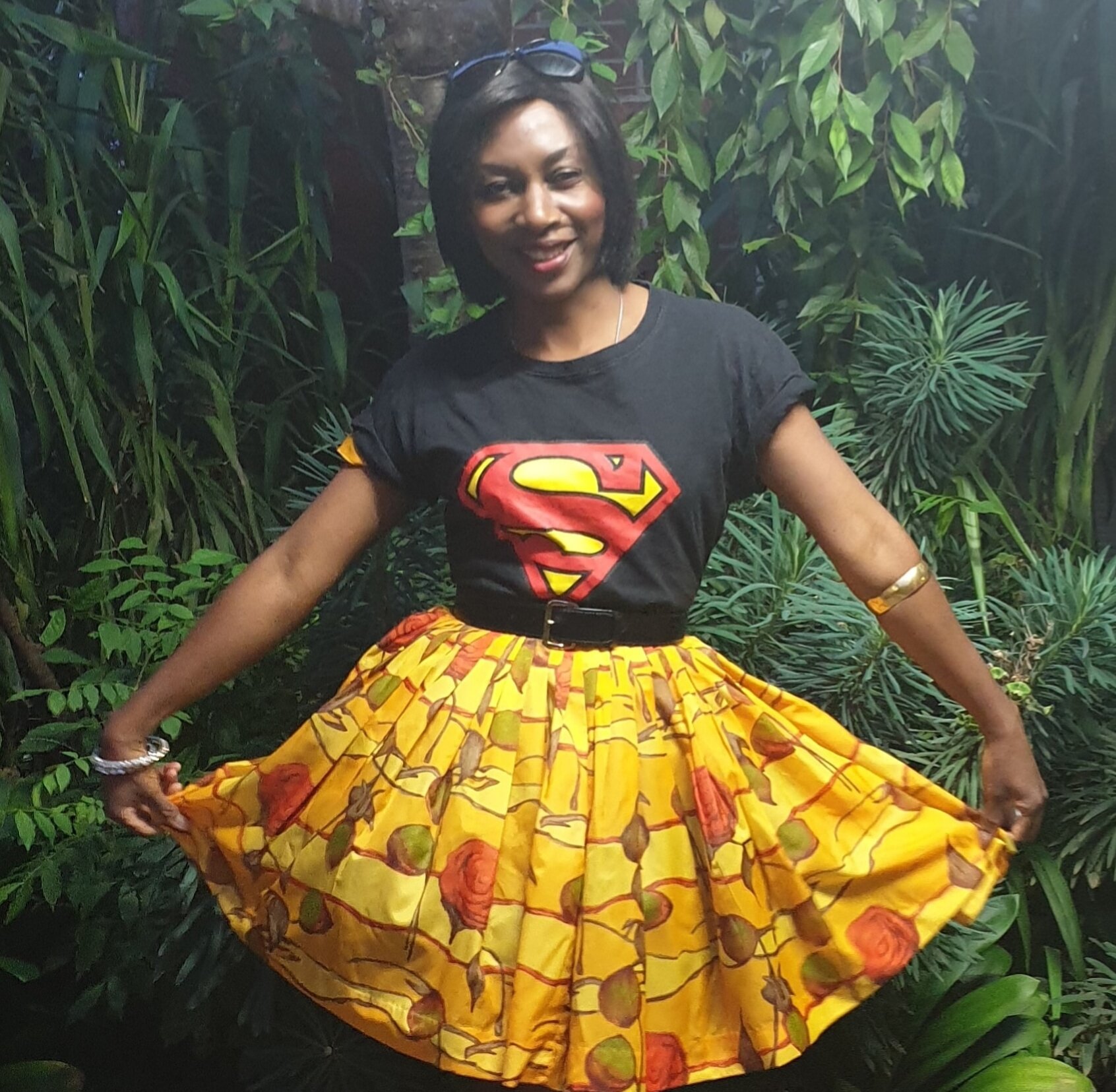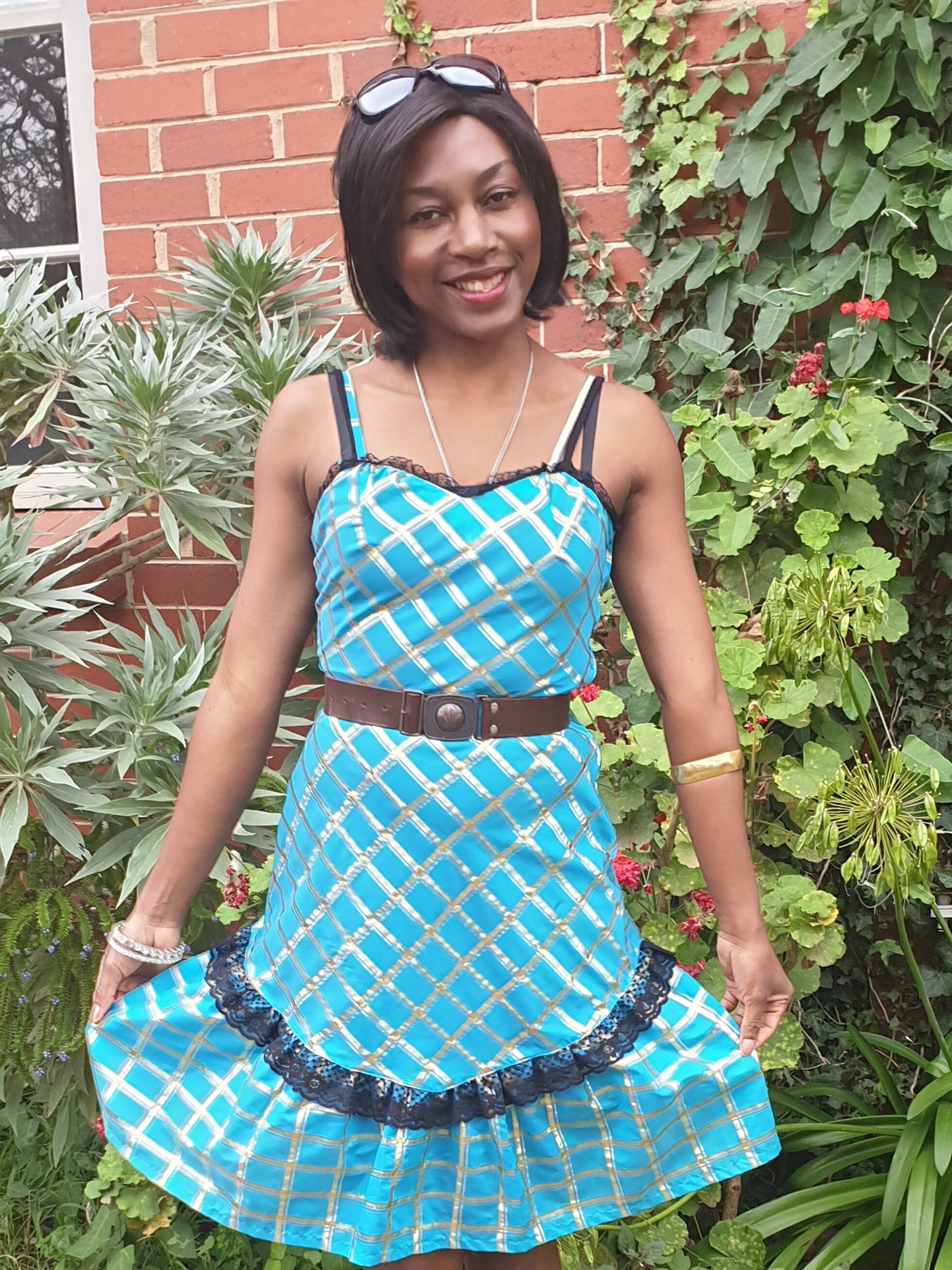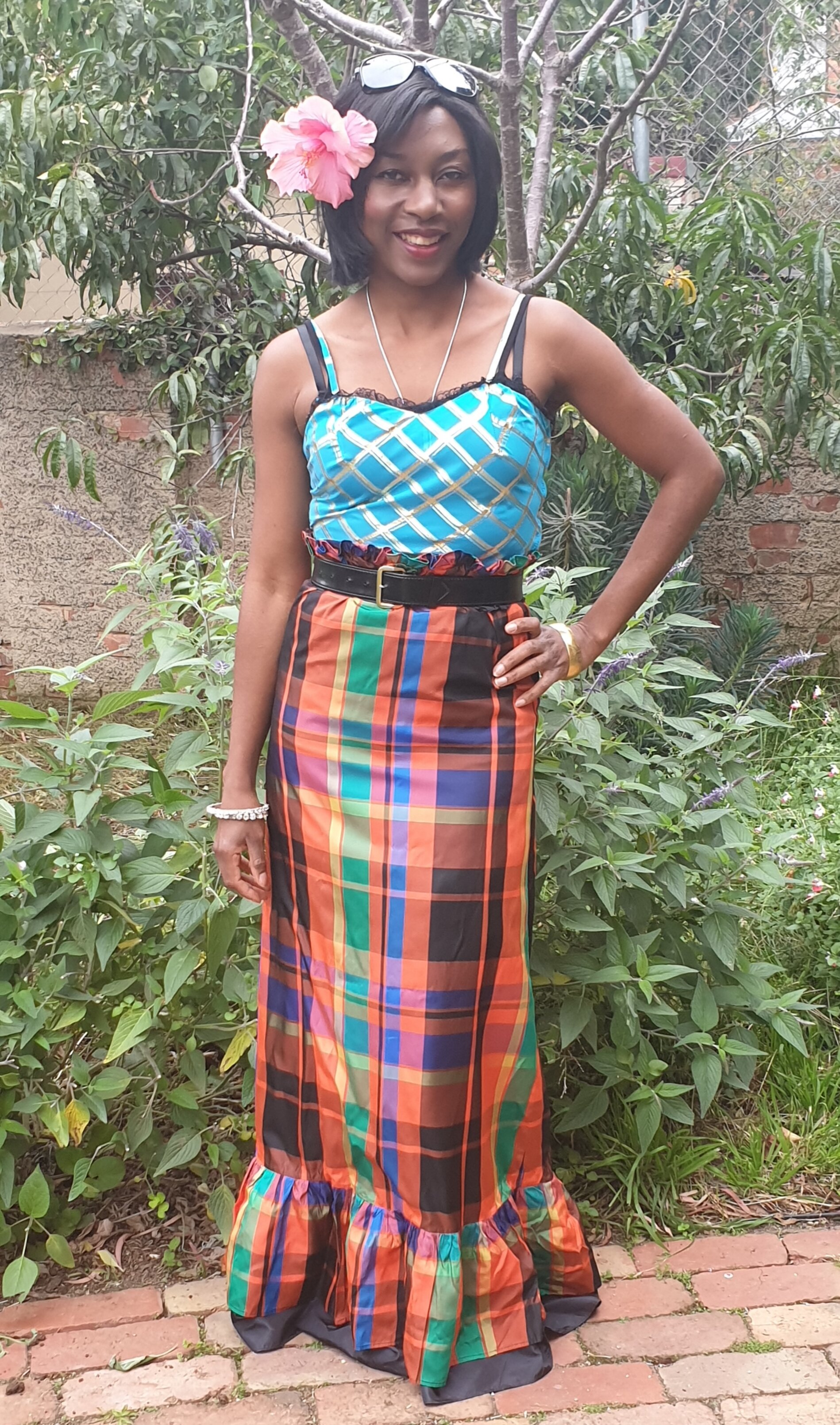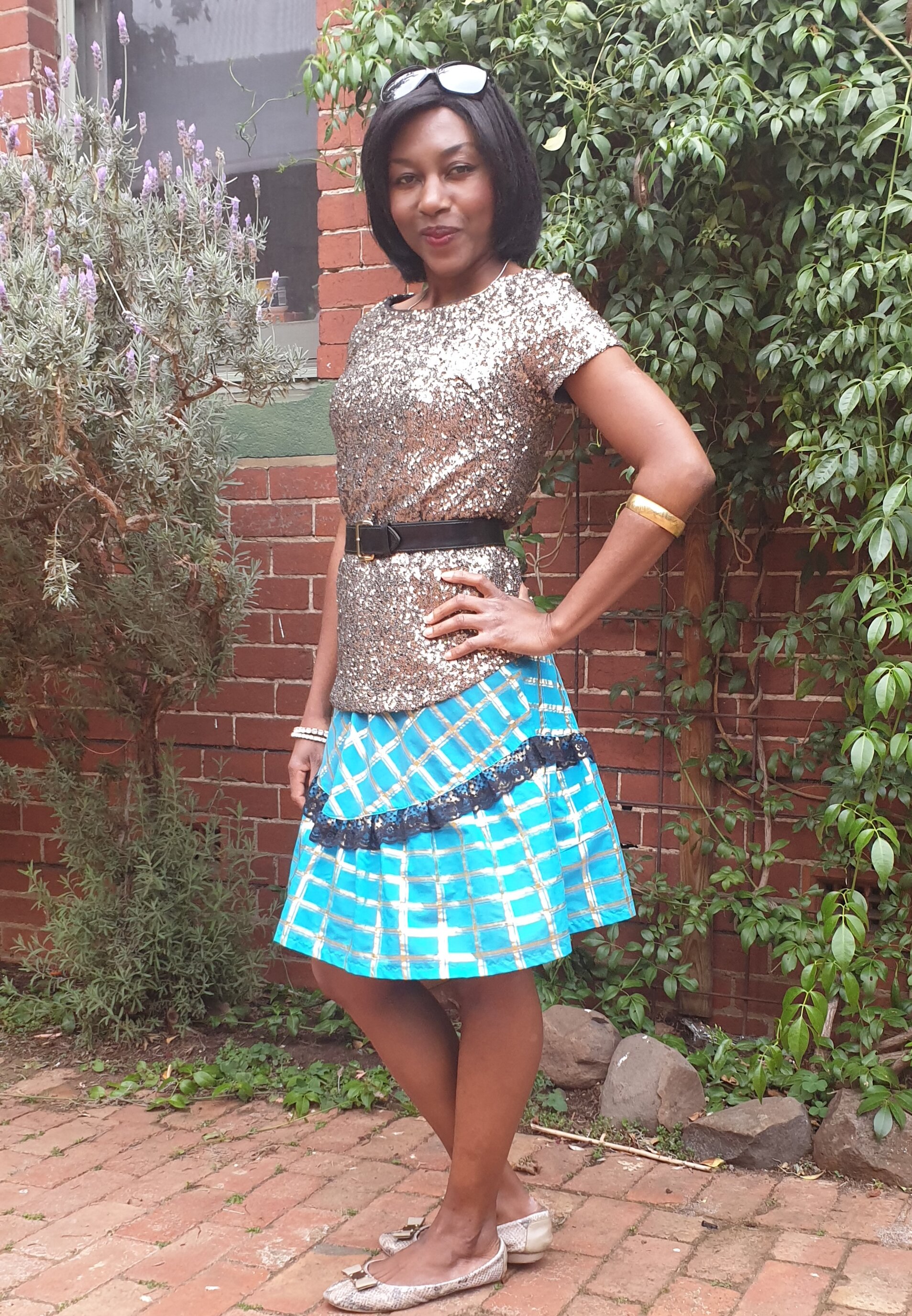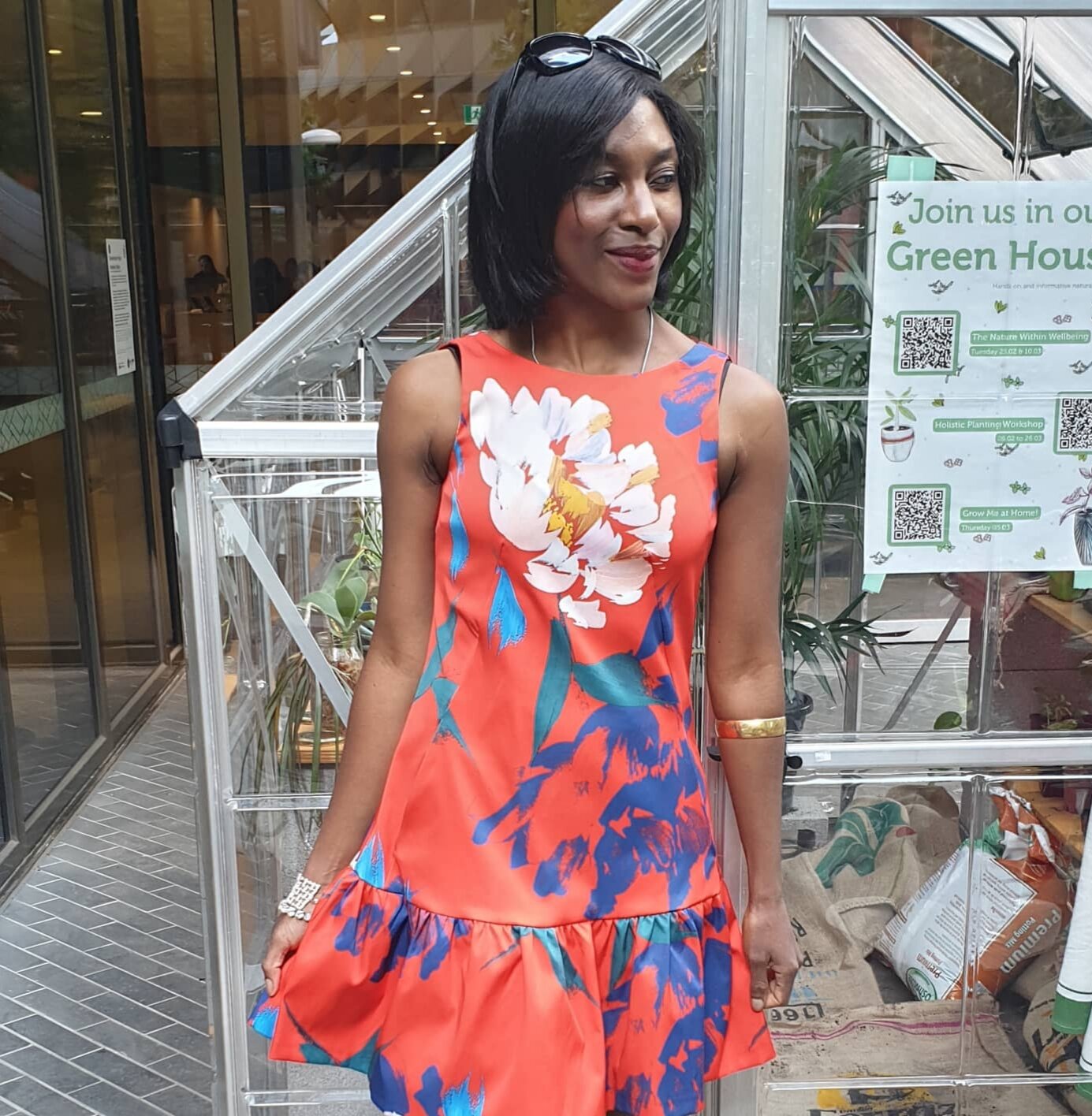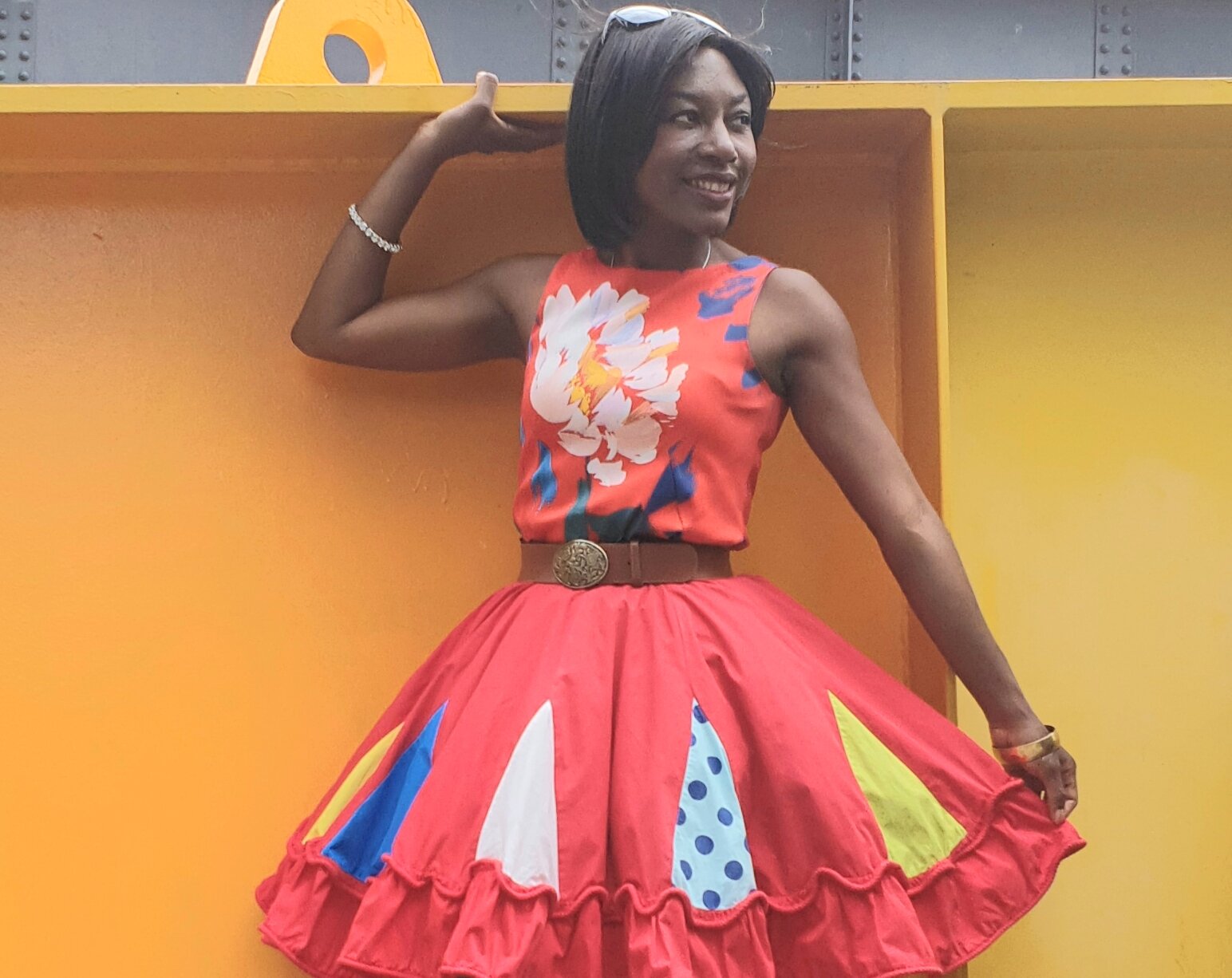Preloved outfit. All photos by Pepper Street Photography.
Did you know that clothing in the landfill creates over three times its own weight in CO2 greenhouse gas emissions? It’s not surprising that altogether fashion and textiles account for 10% of climate change. Earlier this year I wrote a lengthy piece detailing fashion’s impact on climate change and how we can all work towards achieving net-zero emissions. Of course our emissions come from other aspects of life beyond just clothing. In taking action to reduce our carbon emissions, it’s essential to look at other areas like food and fossil fuels. A carbon footprint calculator makes it simple for individuals and brands to calculate their carbon footprint in multiple areas so that we know where and how to take the best action.
65% of all new clothing ends up in landfill within the first year of manufacture. Poor design, lack of durability and consumer waste are in part to blame when it comes to fast fashion’s contribution of textile waste to landfill. Its aim has been to manufacture as much as possible, as quick as possible in a conveyor belt style. So its not surprising that the products are intended and made to be disposable. For this reason, fast fashion apparel is mostly non-durable. From cheap, poor-quality synthetic fabrics to poor tailoring to fast-fading colours and buttons falling off, majority of it ends up in landfill quicker than durable garments.
How brands can reduce their carbon footprint
By doubling the life of clothing from just one to two years, we can help reduce emissions from clothing manufacture and disposal by as much as 24%. Fashion brands can support this effort by making little changes in the design and manufacture processes to make clothing far more durable i.e. resistant to damage and wear. Fast fashion brands can also take a stance to produce far less, even if it means reduction in their profits. The benefit to the environment will be enormous and priceless.
How consumers can reduce their carbon footprint
Consumers also have a role to play in this. Extending the life of clothes by just nine extra months of active use would reduce carbon, water and waste footprints by around 20-30% each. Even though some brands safeguard against garment failure, some people dispose of clothing after several years because it is no longer to their taste and because they no longer fit. Here, they can sell or donate them. When buying new garments, opt for slow and ethical fashion labels. Perhaps consider purchasing less fast fashion. It helps garment workers when we insist that fast fashion brands not only produce durable garments but also pay liveable wages to garment workers. To extend the life of clothing, you can choose preloved (secondhand) through clothes swaps, preloved markets and thrift stores.
Consumers can also extend the life of their entire wardrobe through RESTYLING. This is the process of pairing a garment with another item and/or accessories that you wouldn’t typically wear with it. This remixing and re-matching process creates new and different outfit combinations that you can use for multiple types of casual events and special occasions, instead of buying a brand new outfit for each occasion. Restyling allows you to extend your wardrobe far longer than you typically would because you’re re-using what you already have, in a variety of creative ways. Case in point is my red ball gown skirt below which is one that might only get worn to a formal event with an equally formal top and shoes. Wearing it with a casual top and sneakers allows me to use it more frequently.
STYLING
I invite you to try this super easy restyling hack within your wardrobe. You can use a skirt or dress pants. This preloved outfit is a juxtaposition between a super casual top and a formal skirt. This retro, red mid-length skirt is typically one that might sit in the back of your closet until a special occasion rolls round. By pairing it with a super casual t-shirt, it gets more active and regular use.
I took it a little further by interchanging leopard-print stilettos with my Etiko fairtrade vegan sneakers. Each shoe gives a different vibe and makes the outfit appropriate for different locations and events based on the shoe.
Outfit sourced from:
White top – The Greenshed Underground Op Shop
Red Retro Perri Cutten skirt – Second Mode Luxury Preloved Store
Etiko Vegan Sneakers - Etiko
Leopard-print Stilettos – My wardrobe
♥ Nina Gbor
References:
